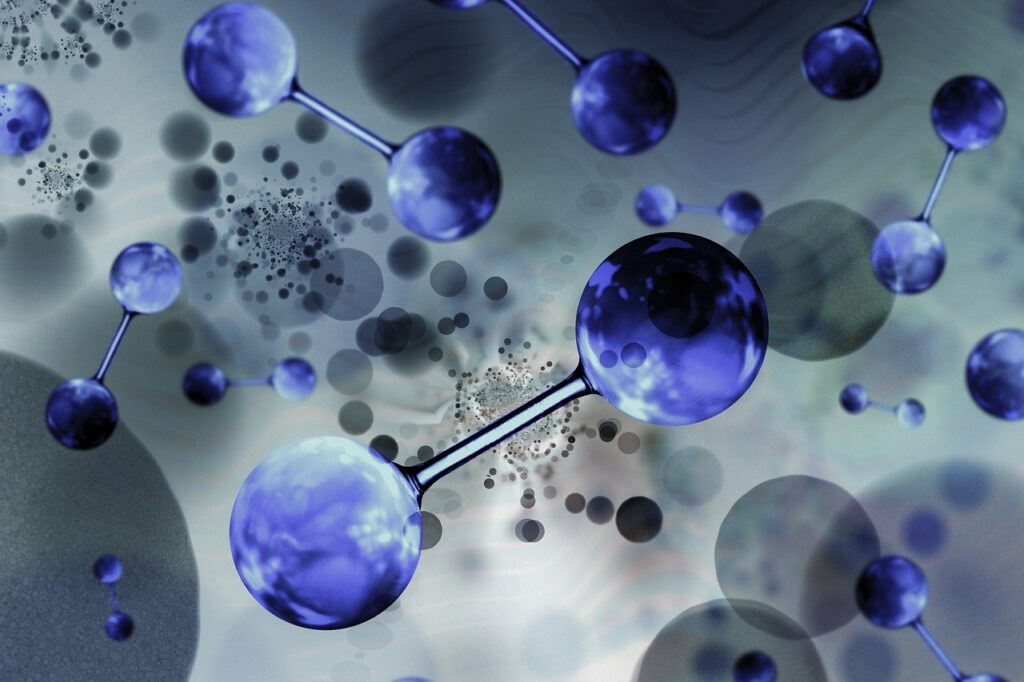As the world grapples with the urgent need to combat climate change, Pennsylvania is at the forefront of the clean energy revolution, aiming to cut carbon pollution and embrace hydrogen as a key solution. The Biden administration’s pledge to invest $1.6 billion in hydrogen hubs partly located in the state has sparked both optimism and uncertainty. While clean hydrogen offers promise, the details of its production and impact remain shrouded in secrecy.
The ambitious plan, part of the 2021 federal Infrastructure and Investment Jobs Act, involves allocating $7 billion to support up to ten hydrogen hubs across the United States. Two of these hubs, the Mid-Atlantic Clean Hydrogen Hub and the Appalachian Regional Clean Hydrogen Hub, have been earmarked for Pennsylvania. The potential economic and environmental benefits are substantial, but crucial information remains undisclosed.
A hydrogen hub encompasses an entire ecosystem for hydrogen production, storage, and transport, making it a comprehensive solution for clean energy. These hubs promise to create tens of thousands of jobs in construction, plumbing, electrical work, and engineering, with a significant number being permanent positions. However, the details surrounding the actual projects and their environmental impact have raised concerns.
Environmental advocates have expressed disappointment in the lack of transparency regarding the hydrogen hubs. The Department of Energy has not released the hubs’ applications, and little public disclosure has been mandated concerning project specifics. This lack of information includes data on greenhouse gas emissions, community impact, and effects on air and water quality.
The groups involved in the hubs, as well as the Department of Energy, argue that sensitive proprietary information justifies the secrecy. While the state has approved tax incentives of $1 billion to attract hubs, the legislature has yet to regulate the burgeoning hydrogen industry. Efforts to incentivize cleaner hydrogen production and impose stricter controls on carbon capture infrastructure have struggled to gain traction.
MACH2, primarily located in Delaware and extending into parts of New Jersey and Pennsylvania, is set to receive up to $925 million in federal funds. The project’s core team includes representatives from Philadelphia Gas Works and Steamfitters Local 240. It aims to create over 20,000 jobs, with a significant portion dedicated to construction.
MACH2 focuses on producing green and pink hydrogen, with green hydrogen being the preferred method. Green hydrogen is generated using electricity from renewable sources, such as wind and solar, producing zero emissions. Pink hydrogen, on the other hand, relies on nuclear power. The hub will also use “steam methane reforming with carbon capture” in its early stages, a process that utilizes natural gas to produce hydrogen, raising concerns among environmental advocates.
MACH2 intends to reduce carbon emissions but has not provided detailed information on how this will be achieved. Its energy will be used for industrial, transportation, and electric power generation purposes. However, the decision to use hydrogen in low-emission industries has faced criticism, with some arguing that hydrogen should be prioritized for high-emission sectors like cement and steel production.
ARCH2, spanning Western Pennsylvania, West Virginia, and Ohio, is set to receive up to $750 million in federal funds. The executive team includes officials from natural gas producer EQT, Allegheny Science & Technology, and the research organization Battelle.
Details about the specific projects within ARCH2 are limited, but it is known that the hub will produce both green and blue hydrogen. Green hydrogen production is cleaner, relying on sources like natural gas but requiring carbon capture and storage technology to prevent emissions. The project is expected to create 21,000 jobs, with the majority being in construction.
Pennsylvania’s foray into clean hydrogen offers an exciting opportunity to combat climate change and boost the economy. However, striking the right balance between economic growth and environmental sustainability is crucial. The lack of transparency surrounding the projects raises questions about their true environmental impact.
In the pursuit of a cleaner future, it is imperative to ensure that clean hydrogen is produced and utilized in a manner that genuinely benefits the environment and society. The state legislature, industry stakeholders, and environmental advocates must collaborate to establish clear regulations and oversight to guide this emerging industry responsibly. The path to a greener future must be characterized by transparency, accountability, and a commitment to reducing emissions while creating economic opportunities.
